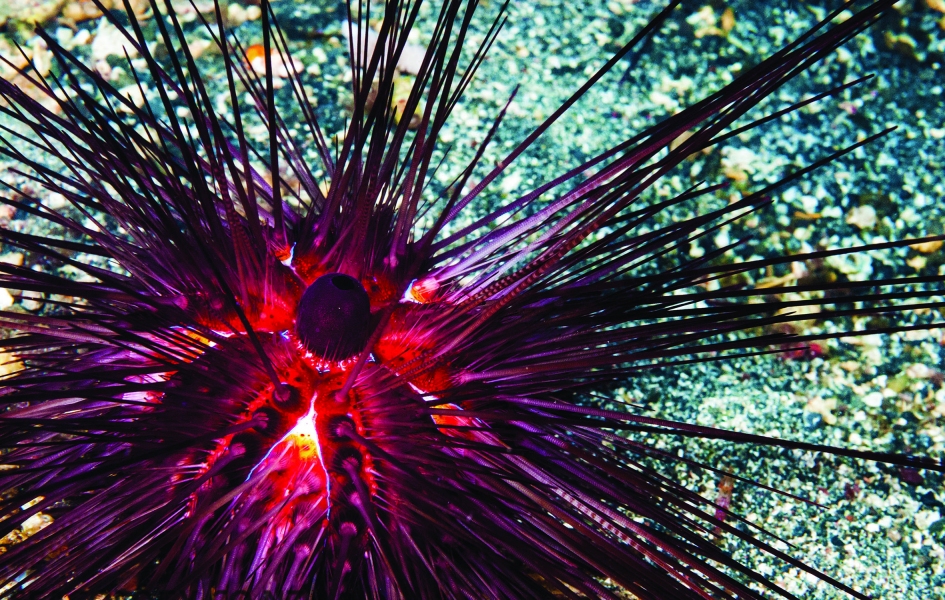Where in New Zealand might you find a strawberry sea cucumber?
The answer will be found in New Zealand’s electronic identification guides for marine invertebrates, produced to help amateur marine biologists at the beach and in the water.
The third in the series, launched this month, identifies the category of sea life known as echinoderms – which includes sea stars, sea urchins and sea cucumbers.
‘Extraordinary Echinoderms’ is a fully illustrated working identification e-guide to the sea stars, brittle stars, sea cucumbers, sea urchins and feather stars of New Zealand.
These spiny-skinned invertebrates are found everywhere, from the intertidal zone all the way down to the deep ocean trenches and abyssal plains. So you have a good chance of spotting them when you are out and about doing your own investigations of our beautiful coast and oceans.
The e-guide starts with a simple introduction to the different echinoderm groups, followed by a morphology (shape) index, species index, detailed individual species pages and, finally, icon explanations and a glossary of terms. The species pages have high quality images of the animals and describe features that enable you to differentiate the species from each other. As far as possible, NIWA has used characteristics that can be seen by eye or magnifying glass, and language that is non-technical.
This is just one of the e-guides on New Zealand marine invertebrates that NIWA’s Coasts and Oceans group is presently developing. ‘Awesome Ascidians’ is already available – the first in a series of e-guides on sea squirts of New Zealand.
The guides are designed for New Zealanders who live near the sea, dive and snorkel, explore our coasts, make a living from it, and for those who educate and are charged with kaitiakitanga, conservation and management of our marine realm.
NIWA says it will be updating the e-guides online as new species are discovered and described.
You can download ‘Extraordinary Echinoderms’ and ‘Awesome Ascidians’ for free here: www.niwa.co.nz/coasts-and-oceans/marine-identification-guides-and-fact-….
So now you can get a name and information about the 11-armed spiny sea star you see near a wharf (Coscinasterias muricata) or the stripe-armed, star-shaped critter under the rock you turned over at the beach (Ophionereis fasciata).
By the way, those strawberry sea cumbers (Squamocnus brevidentis) are found on rock walls and platforms under the sea in Fiordland.

